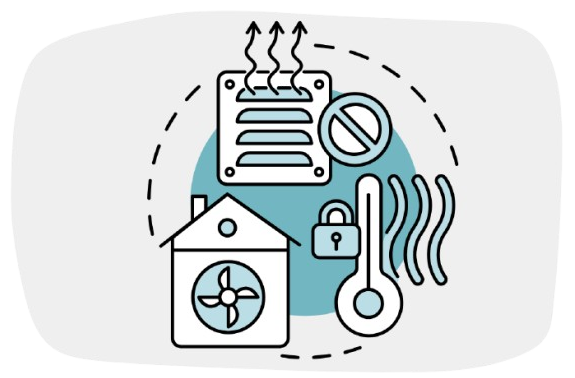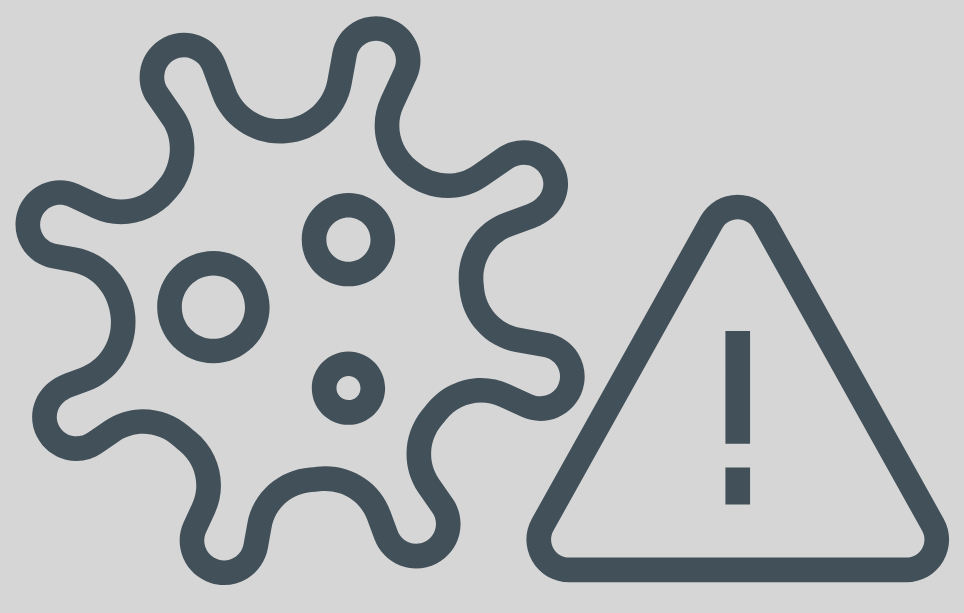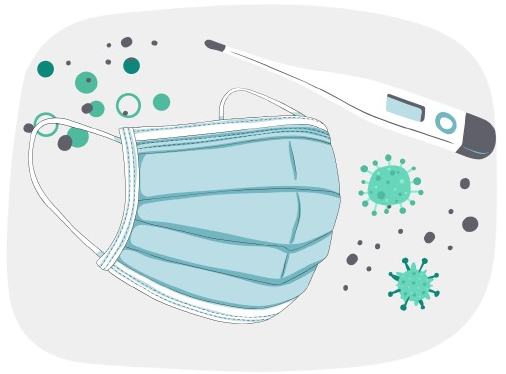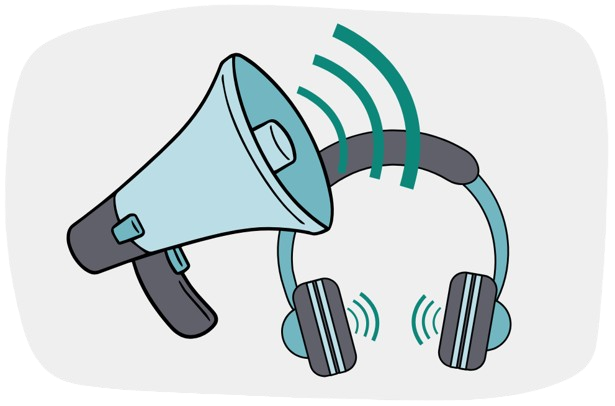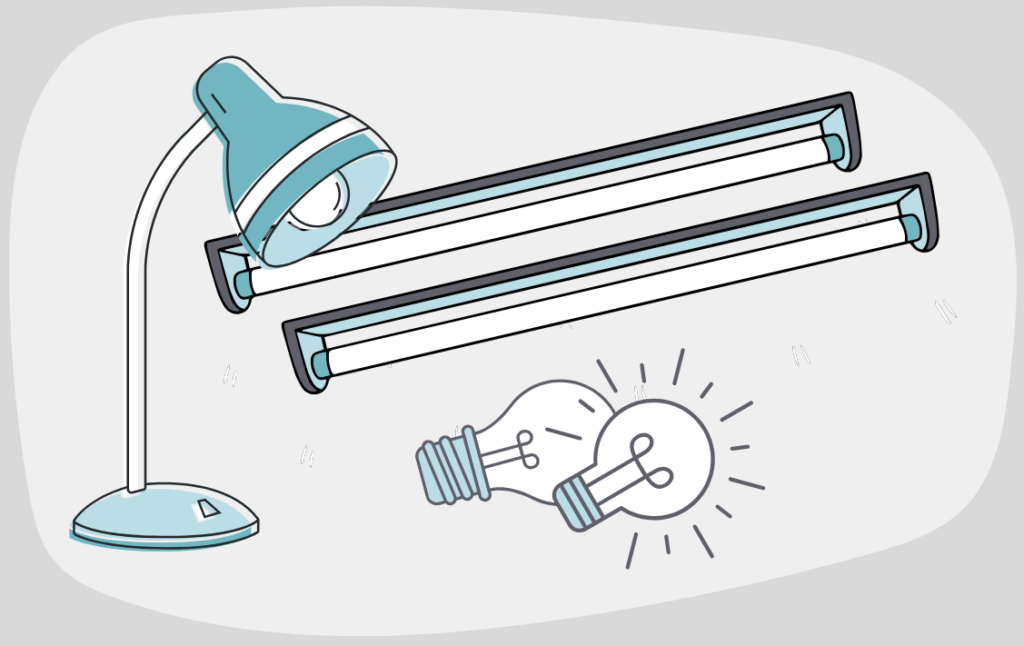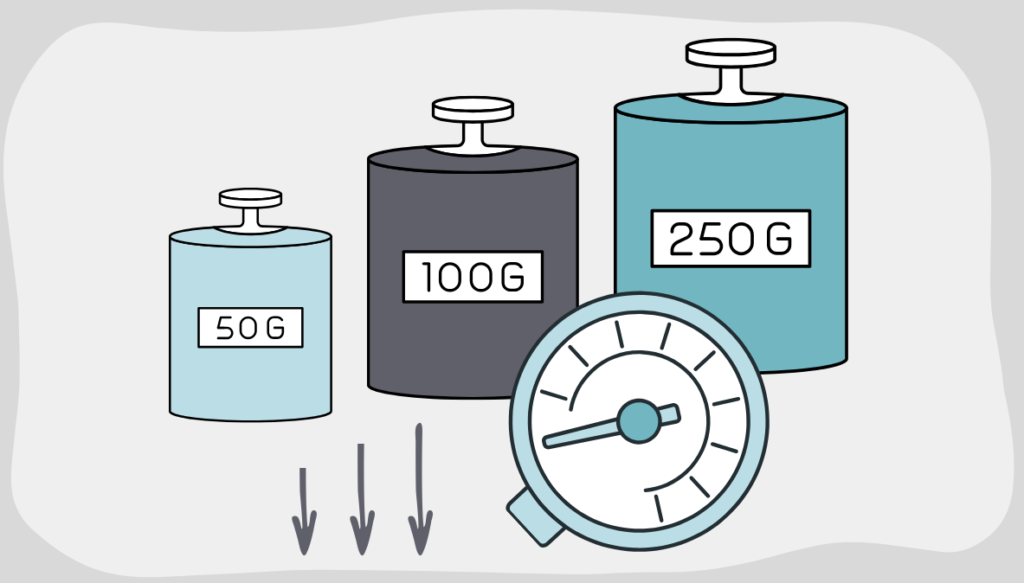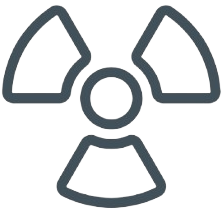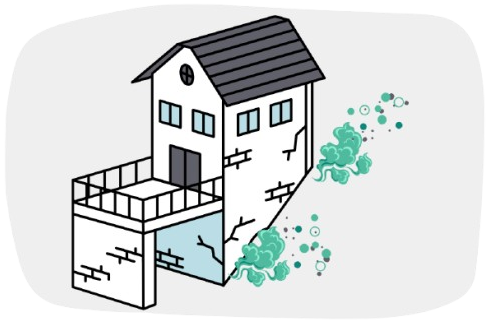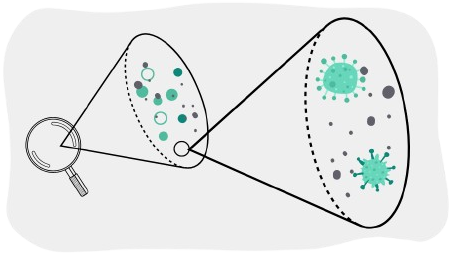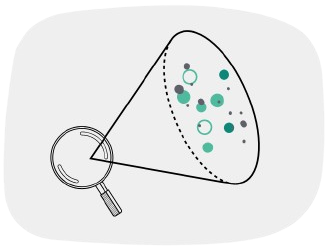CidSense for
Hospitals
Breathe Easier: Transforming Hospital Air Quality with CidSense
In hospitals, where every breath matters, maintaining clean and healthy indoor air quality is crucial. CidSense is committed to creating safer, healthier environments for patients, staff, and visitors through innovative air quality solutions.
Why Air Quality Matters in Hospitals
Hospitals are unique environments, housing vulnerable populations and operating 24/7 with high foot traffic. Poor air quality can compromise patient recovery, increase the risk of healthcare-associated infections (HAIs), and impact the well-being of medical staff.
By monitoring and improving air quality, hospitals can provide a safer and more comfortable space for healing and care.

Benefits of Air Quality Monitoring and
Improvement with CidSense
1. Enhanced Patient Recovery
Clean air supports faster recovery by reducing exposure to airborne contaminants that may trigger complications, especially in immuno-compromised patients.
2. Healthier Staff, Better Performance
Medical professionals deserve a safe workplace. By reducing pollutants, allergens, and harmful pathogens, our systems help protect your staff’s health and boost their focus and productivity.
3. Infection Control
Airborne pathogens are a leading cause of HAIs. CidSense’s advanced ionization and monitoring technologies help neutralize bacteria, viruses, and mold, reducing the spread of infections.
4. Regulatory Compliance
Meet stringent healthcare standards for air quality, ensuring your facility remains compliant with state and federal regulations.
5. Cost Savings
Efficient air quality management reduces strain on HVAC systems, cutting energy costs and extending the life of your equipment.

How CidSense Works
Our system combines advanced Airthings Space Pro sensors with iWave ionization devices to
monitor and purify the air in real-time.
The data-driven approach ensures you have actionable insights into air quality, empowering
you to take immediate corrective actions when needed.
Ready to
Transform
Your Hospitals
Air Quality?
Contact us today to learn how CidSense can help your facility provide cleaner, healthier air for better care outcomes.
Ready to
Transform
Your Hospitals
Air Quality?
Contact us today to learn how CidSense can help your facility provide cleaner, healthier air for better care outcomes.


